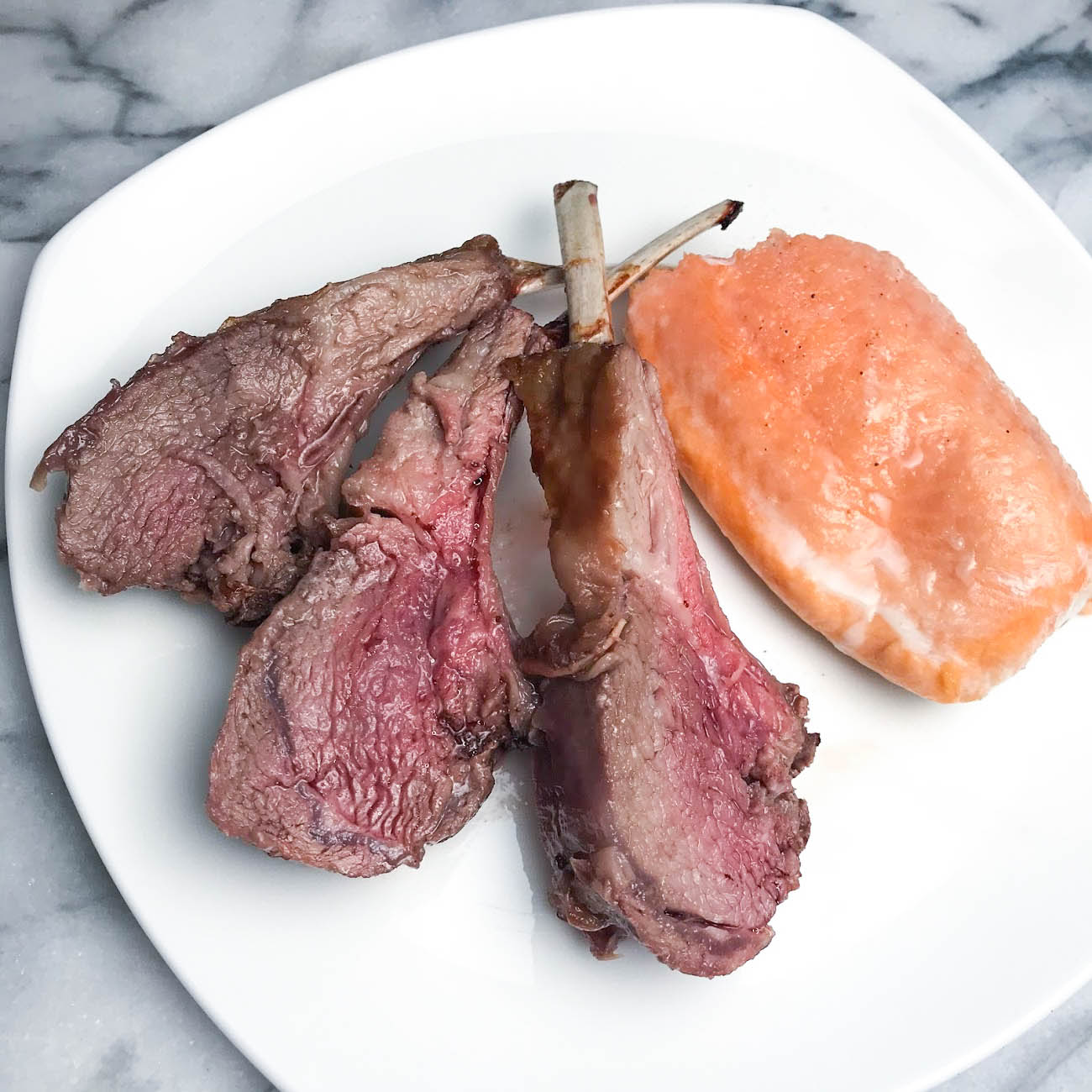The carnivore diet, known for its extreme focus on animal-based foods, is often compared to other low-carb diets like the ketogenic (keto) and paleo diets. While these diets share some similarities, they also have distinct differences that set them apart.
The carnivore diet, as the name suggests, consists almost entirely of animal products, with little to no consumption of plant-based foods. In contrast, the ketogenic diet is a low-carb, high-fat diet that encourages the consumption of healthy fats and moderate protein, along with a limited intake of carbohydrates.
On the other hand, the paleo diet, short for the Paleolithic diet, focuses on foods that our ancestors might have eaten during the Stone Age. It includes lean meats, fish, fruits, vegetables, nuts, and seeds, while avoiding processed foods, grains, and dairy.
Each of these diets has its own set of potential benefits and drawbacks. The carnivore diet is often praised for its simplicity and potential for rapid weight loss, but critics raise concerns about nutrient deficiencies and long-term sustainability. The ketogenic diet is known for its effectiveness in achieving ketosis, which can aid in weight loss and improved energy, but it can be challenging to maintain. The paleo diet emphasizes whole, unprocessed foods but may not lead to the same level of ketosis as the carnivore or keto diets.
Ultimately, the choice between these diets should be based on individual preferences, health goals, and consultation with a healthcare professional. It’s essential to consider the long-term implications and sustainability of any dietary approach to ensure it aligns with your overall health and well-being.
Keywords: carnivore diet, ketogenic diet, paleo diet, low-carb diets, ketosis, weight loss, sustainability
